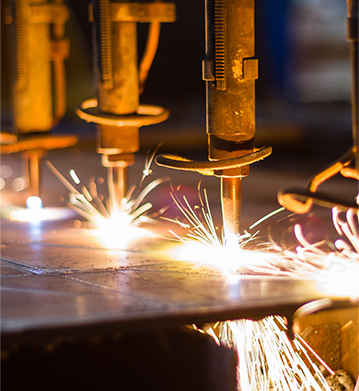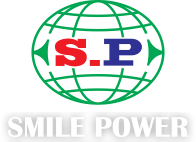
The entire power supply (transformer) consists of more than 65% plastic material, which we will describe beginning with the PCB board:

due to complicated processes as well as the fact that many different types of treatment agents are used, different types of wastewaters are produced by different processes. Some processes produce wastewater that contains heavy metals, others result in organic pollutants, which, have different concentrations as well as different properties. Wastewater produced in the PCB production process usually includes: high-concentration etching solutions (copper chloride etching or ammonium chloride etching), micro-etching waste liquids (including sulfuric acid/hydrogen peroxide, sodium persulfate, and ammonium persulfate), lithography film waste liquids (including sodium carbonate and sodium hydroxide), chemical copper waste liquids (including copper sulfate and formaldehyde chelating agents), which produce air, wastewater, and solid pollutants that are difficult to control.
the primary byproduct is dioxin. Dioxin can enter the human body through means of inhaling, skin contact, and ingestion. The primary channel through which dioxin enters the human body is through the food chain, when people eat fish, meat, and dairy products (accounting for more than 90% of the dioxin than enters the human body).
magnetic components such as transformers and inductors produce electromagnetic waves that directly interfere with the human cerebellum.
Over 90% of the above materials produce toxic material that are highly pollutant when recycled.


